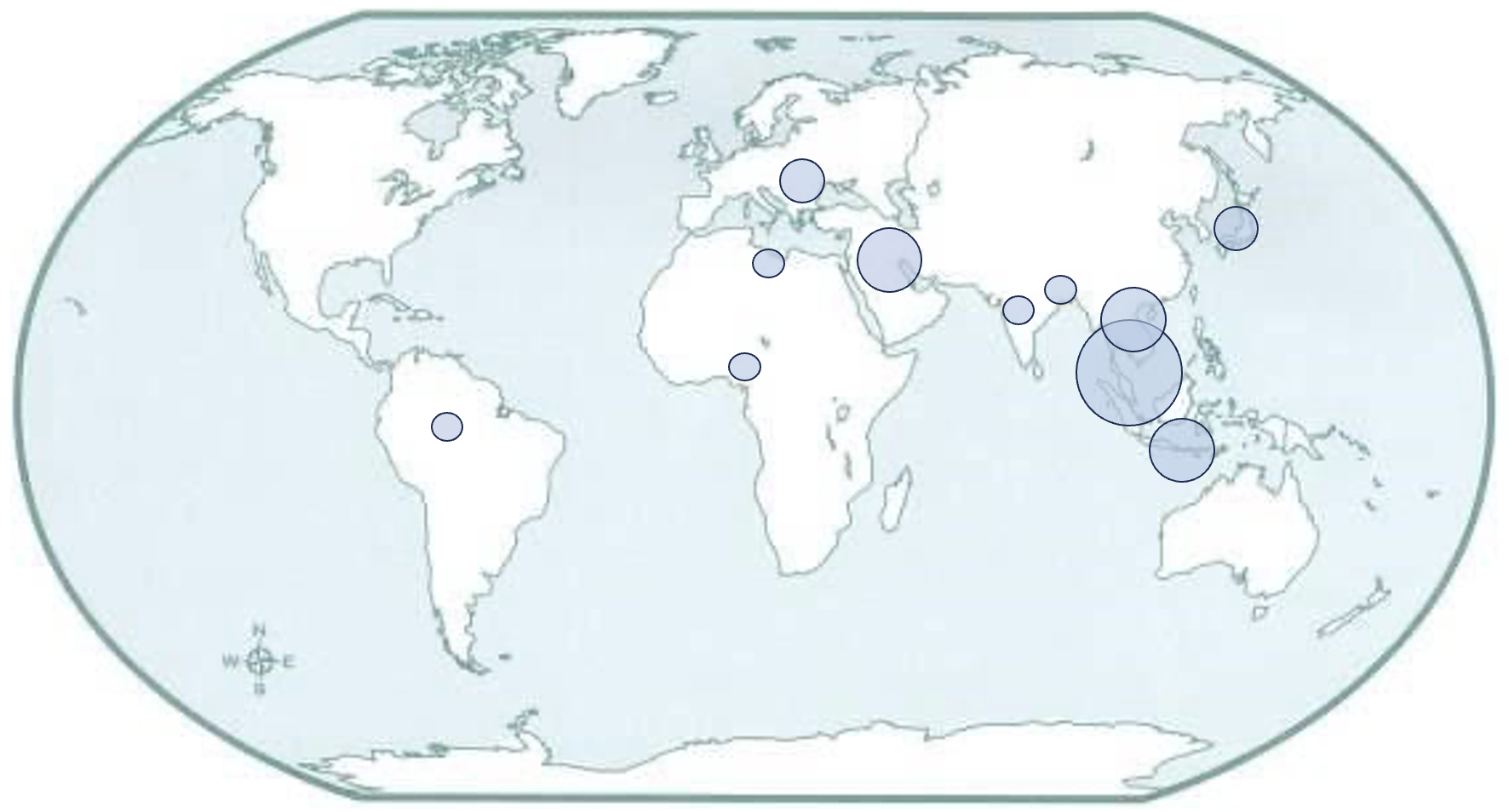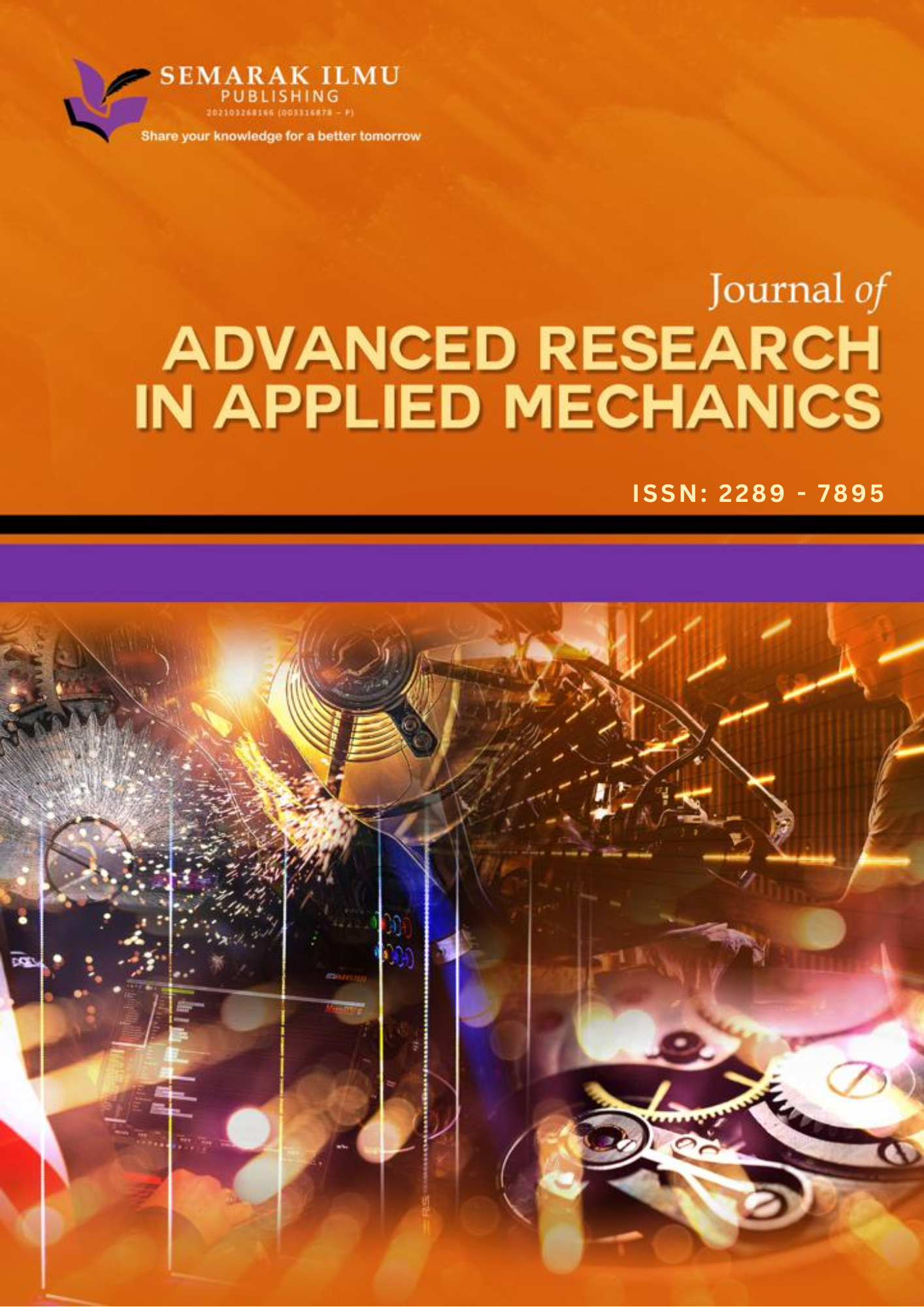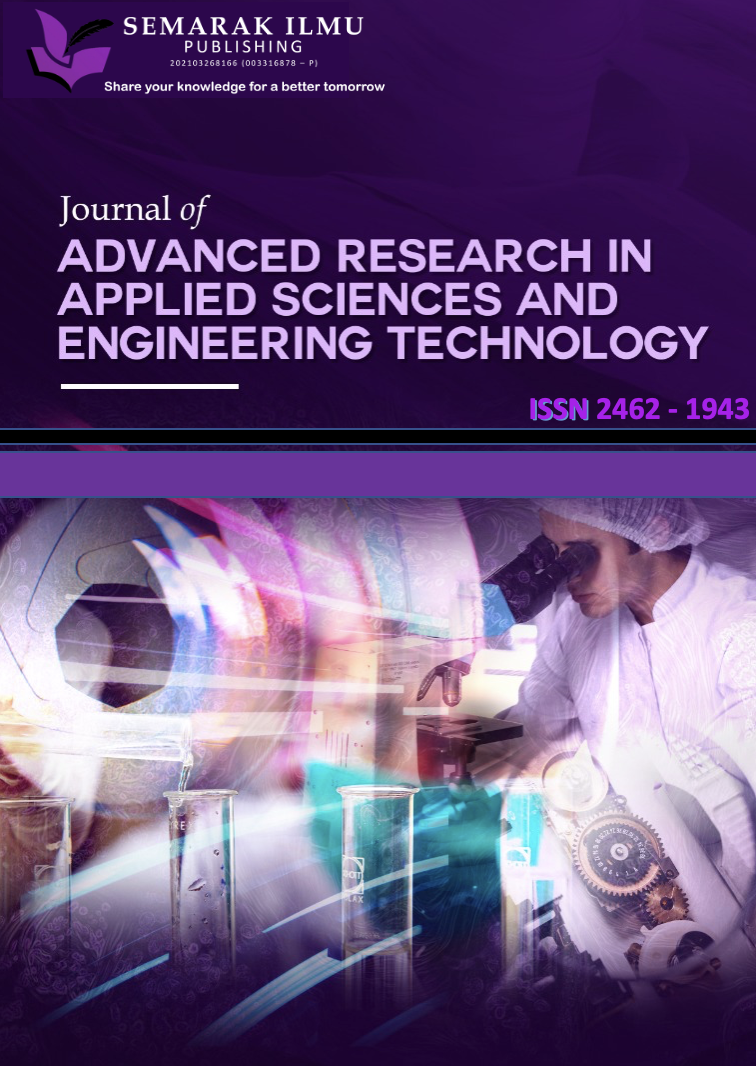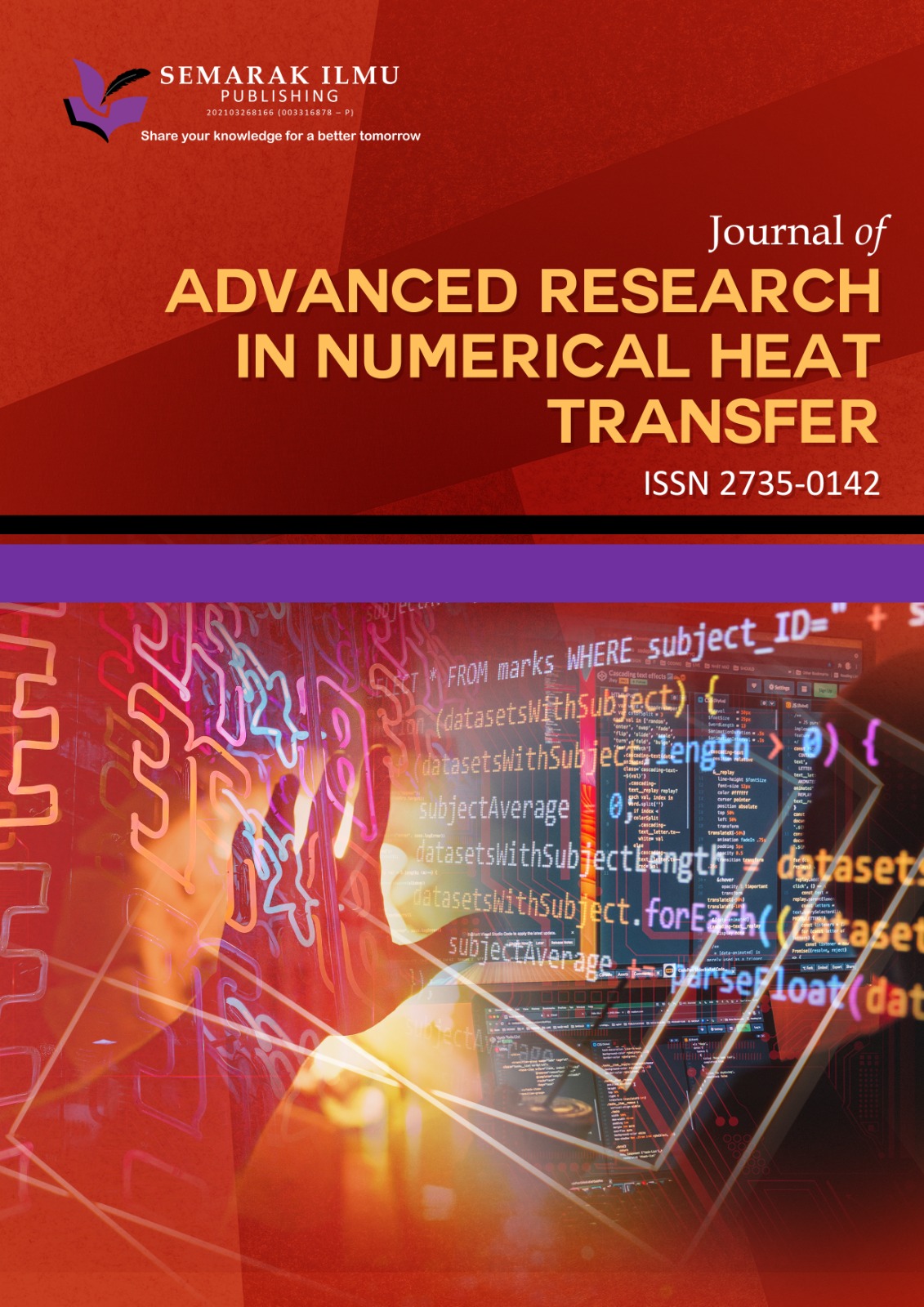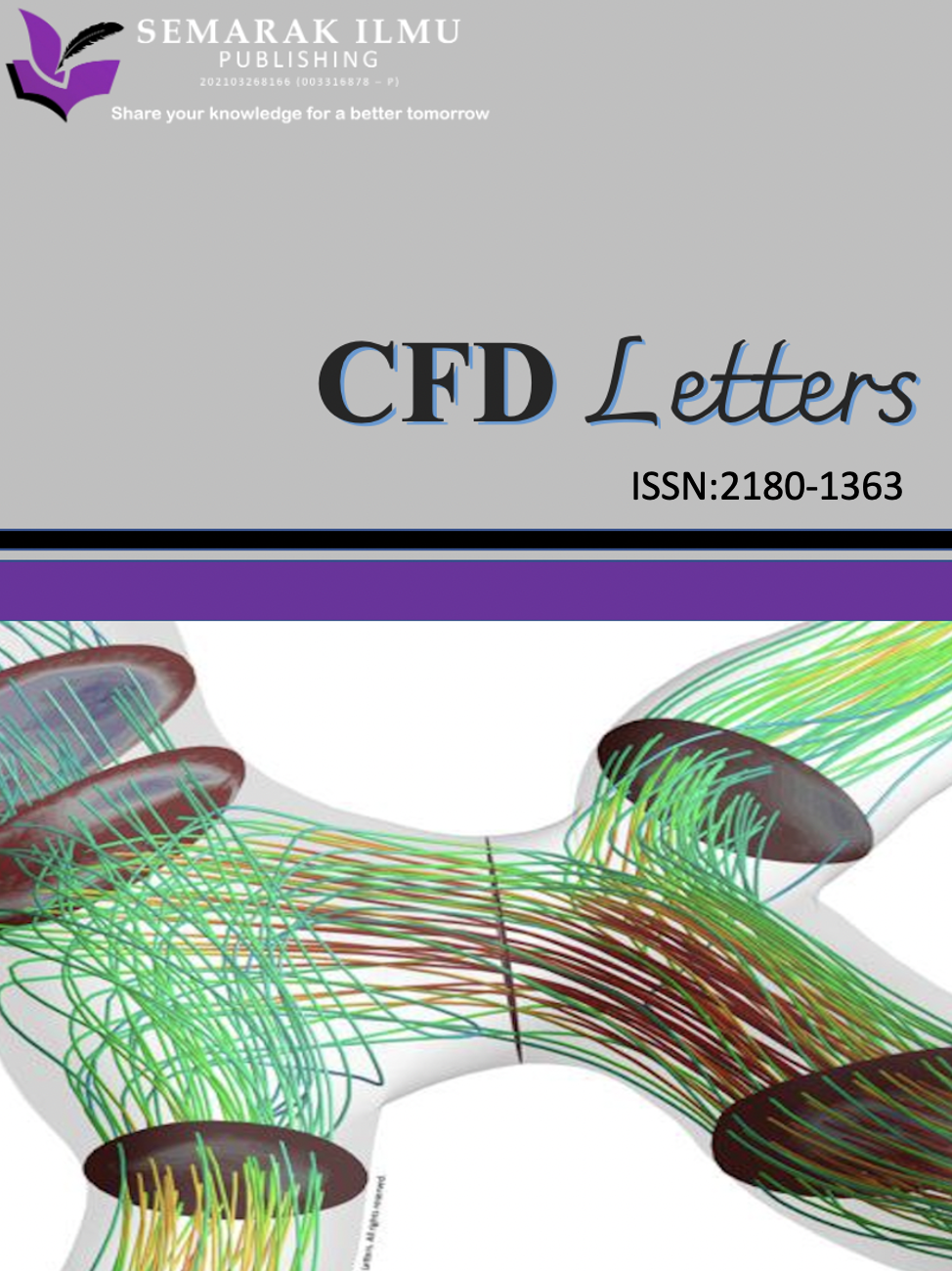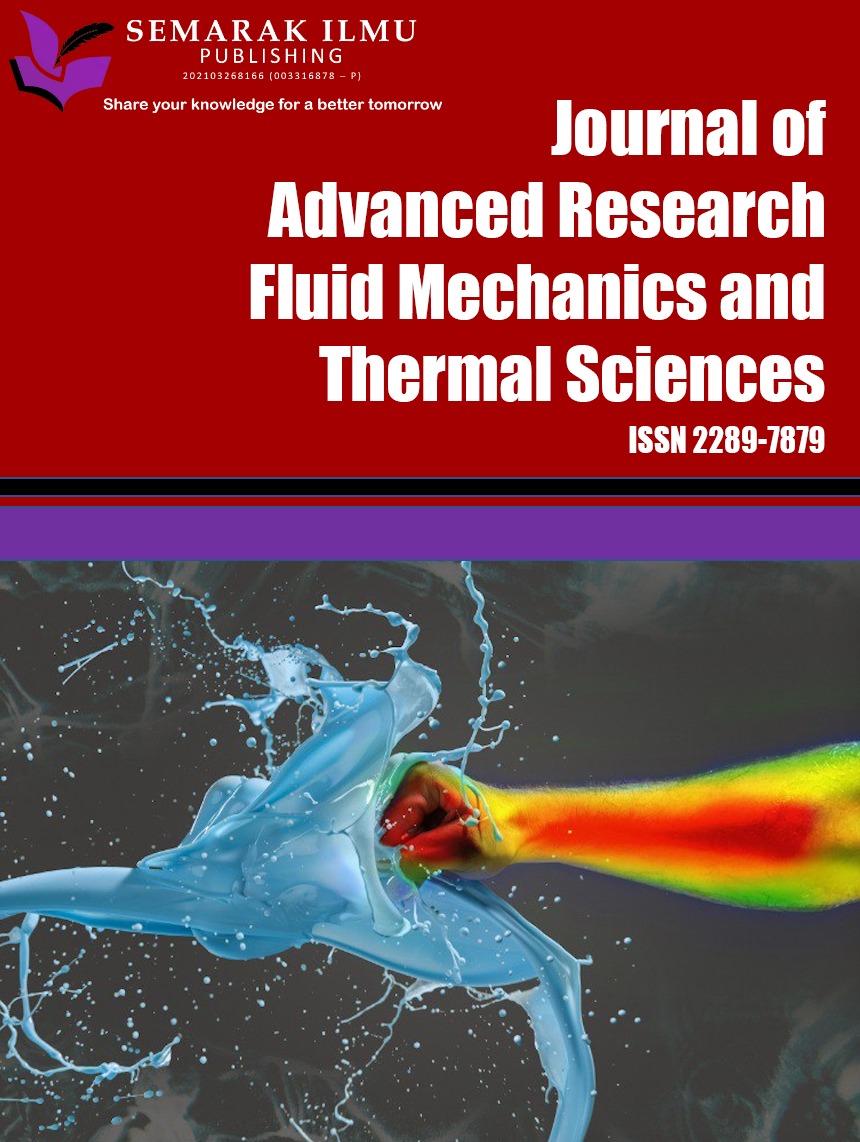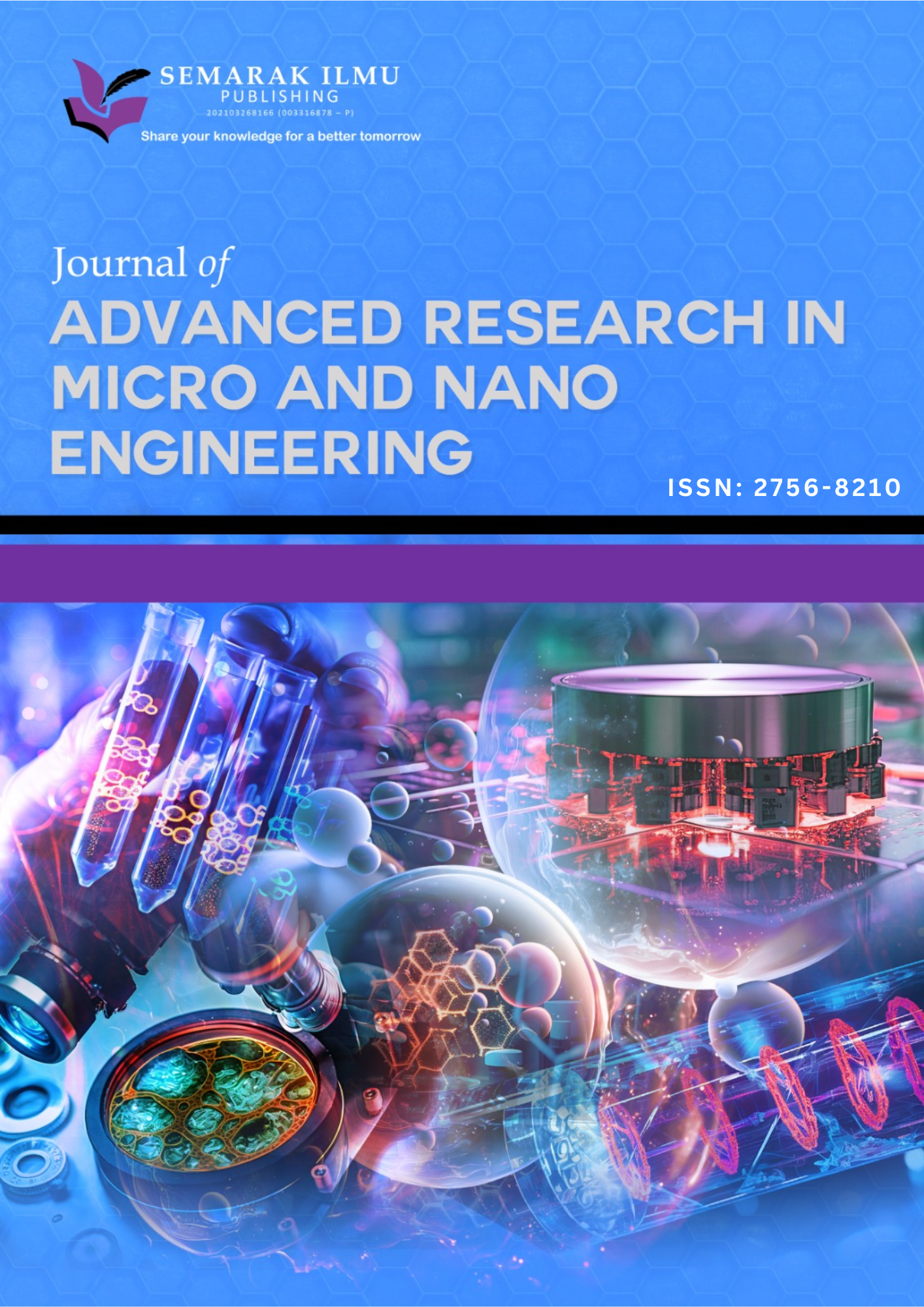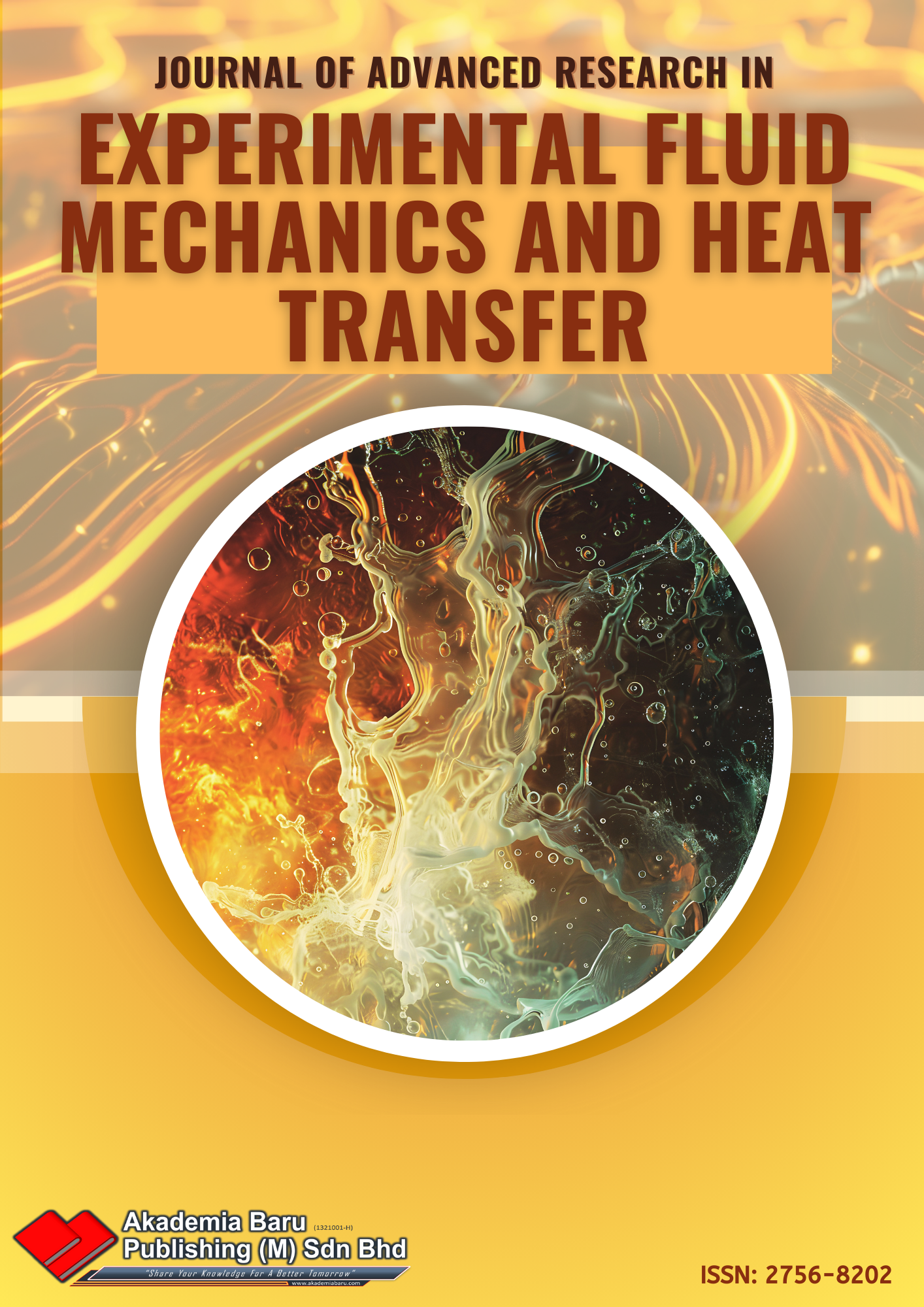A Comparative Study of Cambering and Vortex Generators for Flow Separation and Turbulence Characteristics Control on a NACA 0009 Airfoil
Keywords:
Boundary Layer Control, Flow Separation, Morphing Camber, Turbulent Kinetic Energy, Vortex GeneratorAbstract
This study examines the aerodynamic performance of the NACA 0009 airfoil under various flow control strategies, with a focus on the effects of cambering and vortex generators (VGs) at different angles of attack (AOA). Computational fluid dynamics (CFD) simulations were conducted to analyze velocity distributions, turbulent kinetic energy (TKE), and flow separation characteristics. The results demonstrated that at an AOA of 17°, uncambered without VGs, TKE peaked at 170 m²/s², indicating severe flow separation and wake turbulence. When VGs and cambering were applied, TKE reduced to 140 m2/s2, highlighting improved flow stability and delayed separation. At AOA 15° with VGs, TKE remained below 8 m2/s2, confirming effective boundary layer control, while in the cambered case without VGs, TKE reached 100 m2/s2, indicating that cambering alone could not fully prevent separation. The study underscores that VGs are more effective in high-AOA conditions, while cambering optimizes pressure distribution but requires additional flow control mechanisms for enhanced performance. Optimization strategies, including the Taguchi method and machine learning-based adaptive VG configurations, are recommended for future aerodynamic improvements.Downloads
Download data is not yet available.
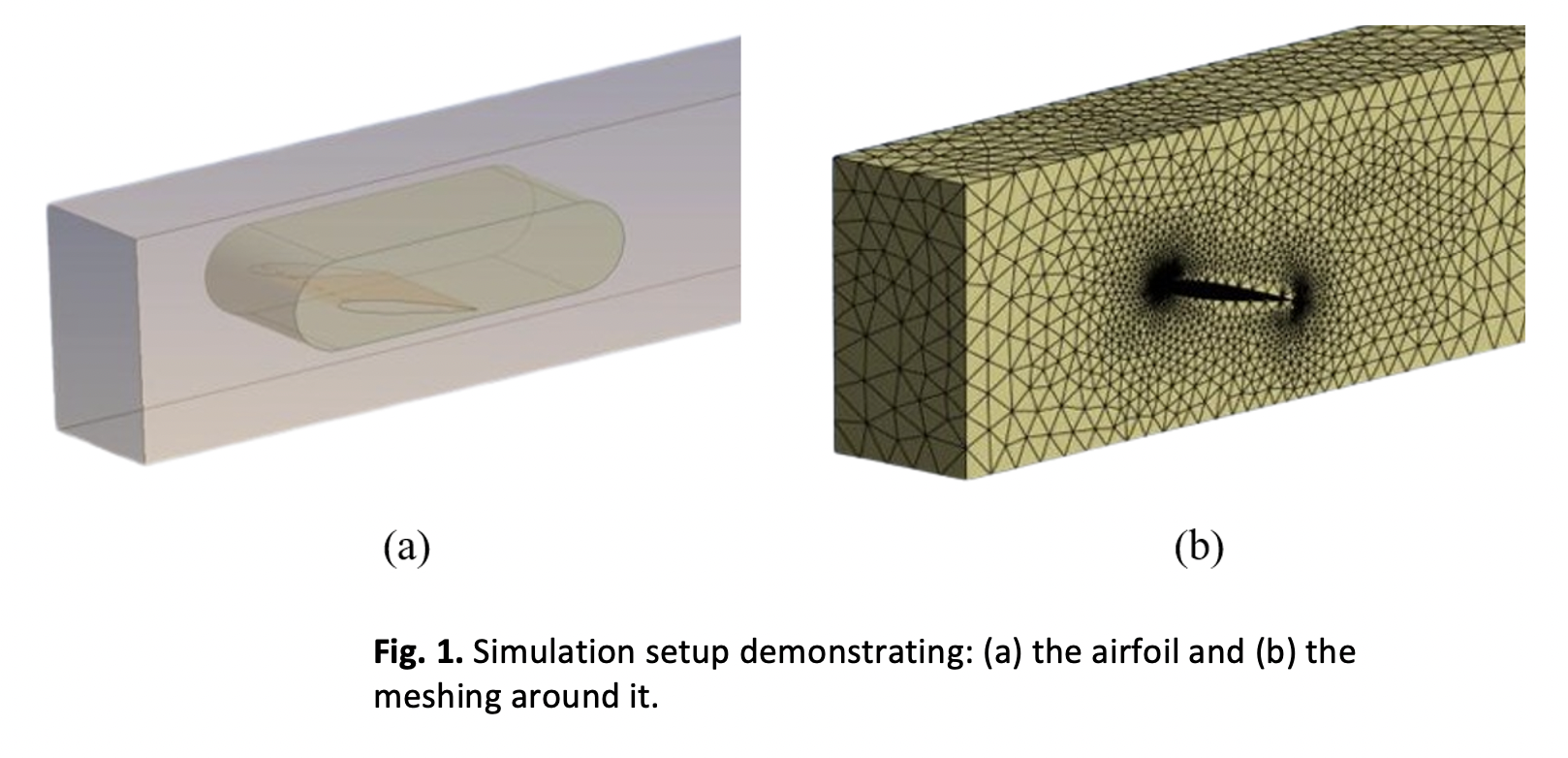
Downloads
Published
2025-10-09
How to Cite
Osman, A. ., El Haj Youssef, K. ., Pagaling, J., Dol, S. S., Ahmad, K. A., & Alkhedher, M. (2025). A Comparative Study of Cambering and Vortex Generators for Flow Separation and Turbulence Characteristics Control on a NACA 0009 Airfoil. Journal of Advanced Research in Experimental Fluid Mechanics and Heat Transfer, 22(1), 8–32. Retrieved from https://akademiabaru.com/submit/index.php/arefmht/article/view/6785
Issue
Section
Articles









